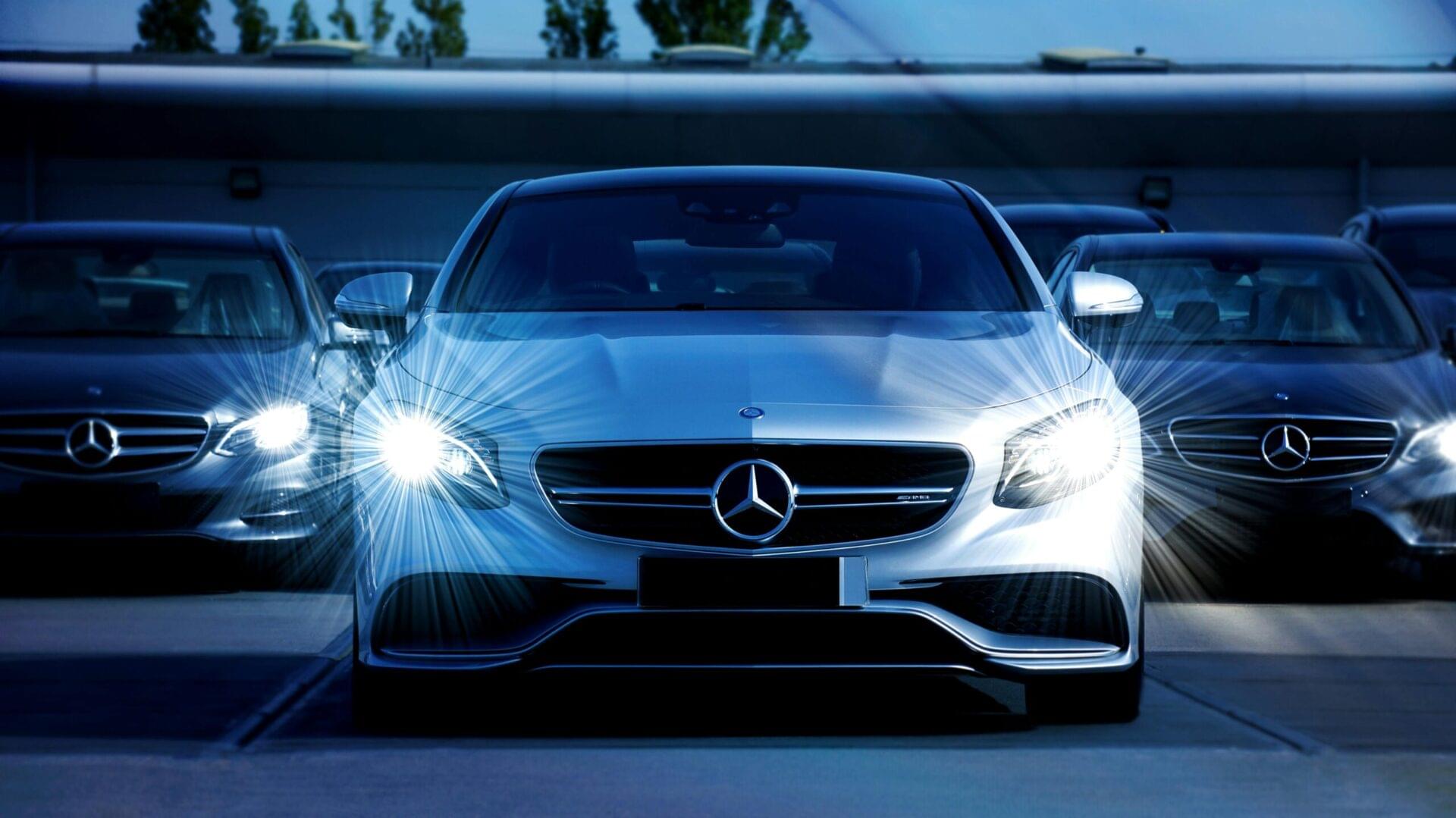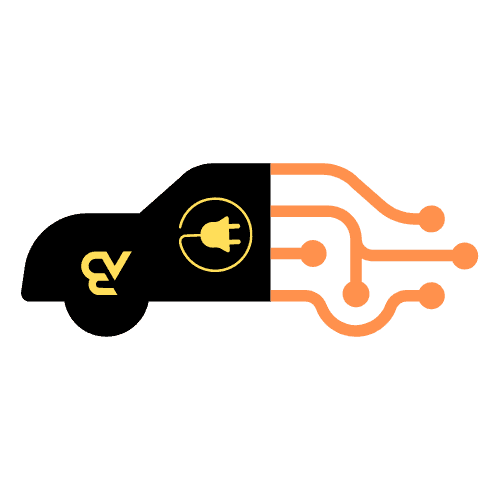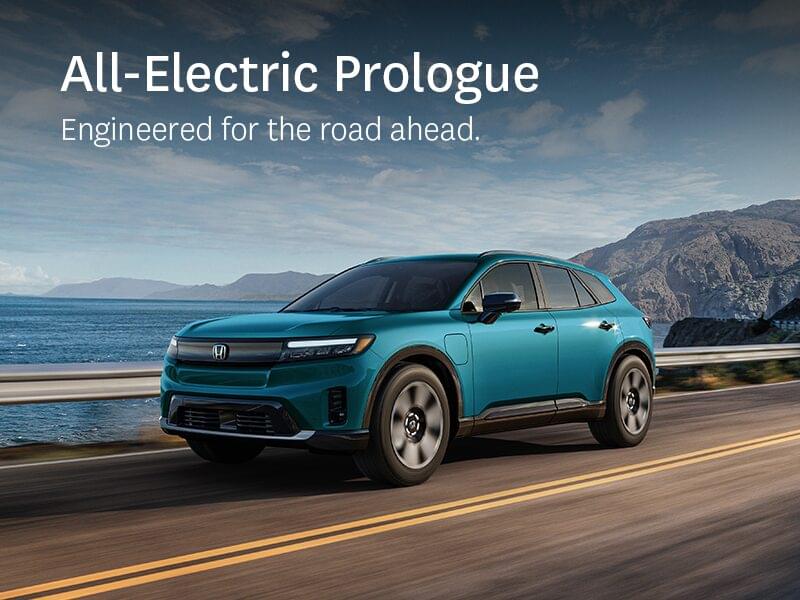
With the burgeoning interest in electric vehicles (EVs) as sustainable alternatives to traditional gas-powered cars, questions often arise about their practicality and performance. One common query among prospective EV owners revolves around whether electric cars lose charge when parked. Let’s delve into this topic to understand the factors at play.
The Myth of Idle Battery Drain:
There’s a prevailing misconception that electric car batteries drain significantly even when the vehicle is parked and not in use. However, the reality is more nuanced. Electric cars do experience some level of energy loss when parked, but it’s generally minimal compared to the energy consumed during driving.
Standby Consumption:
Like any electronic device, EVs have standby consumption, albeit at a much lower rate. While parked, electric cars remain operational to some extent to power essential systems such as security features, onboard computers, and sensors. These systems draw power from the battery, albeit in small increments.
Climate Control:
One of the significant factors affecting battery drainage while parked is climate control. Many electric cars offer pre-conditioning features that allow owners to heat or cool the interior while the vehicle is still plugged in. This feature utilizes energy from the grid rather than the battery, minimizing energy loss when the car is in use. However, if climate control is activated while the car is parked and unplugged, it can lead to more substantial battery drain.
Battery Management Systems:
Modern electric vehicles are equipped with sophisticated battery management systems (BMS) designed to optimize battery performance and lifespan. These systems monitor various factors such as temperature, state of charge, and voltage to ensure the battery remains healthy. When the vehicle is parked, the BMS may enter a low-power mode to minimize energy consumption, thus mitigating battery drain.
Parasitic Drains:
Parasitic drains refer to the energy consumed by auxiliary systems in the vehicle, even when it’s not in use. While electric cars have fewer parasitic drains compared to internal combustion engine vehicles (ICEVs), they still have components like infotainment systems, alarms, and onboard computers that consume small amounts of power. While individually negligible, these drains can add up over time.
Vampire Drain:
Vampire drain, also known as phantom drain, refers to the gradual loss of battery charge over time, even when the vehicle is not actively in use. This phenomenon occurs due to a combination of factors, including standby consumption, battery self-discharge, and system updates. However, the extent of vampire drain varies among different electric car models and is generally more pronounced in older or poorly optimized vehicles.
Mitigation Strategies:
While some level of battery drain is inevitable, there are several strategies EV owners can employ to minimize energy loss when their cars are parked:
Optimize Parking Conditions: Park the vehicle in a shaded or covered area to reduce exposure to extreme temperatures, which can accelerate battery drain.
Utilize Scheduled Charging: Take advantage of scheduled charging features to ensure the battery is fully charged when needed, minimizing the need for top-ups while parked.
Limit Standby Consumption: Disable unnecessary features such as climate control or smart connectivity systems when the vehicle is parked for extended periods.
Maintain Battery Health: Follow manufacturer recommendations for battery maintenance, such as avoiding deep discharges and keeping the battery within an optimal temperature range.
Consider Energy-Saving Modes: Some electric vehicles offer energy-saving modes that can further reduce standby consumption and parasitic drains when parked.
While electric cars do experience some degree of battery drain when parked, it’s generally minimal and manageable with proper planning and utilization of available features. Factors such as climate control, battery management systems, and standby consumption play crucial roles in determining the extent of energy loss. By understanding these factors and implementing mitigation strategies, EV owners can effectively manage battery drainage and optimize the performance and longevity of their vehicles. As EV technology continues to evolve, further advancements in battery efficiency and management systems are expected to reduce standby consumption and vampire drain, making electric cars even more practical and convenient for daily use.








